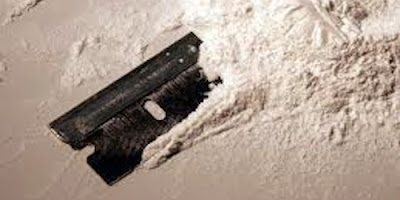With the rise of global warming and other environmental problems the world is facing today, there has been a strong call for businesses, whether small or large, to adhere to eco-friendly practices. This is where CSR has come up as a sounding board for companies to measure their practices along three dimensions – people, planet and profit. CSR stands for Corporate Social Responsibility. It is a management concept whereby companies integrate social and environmental concerns to be in tandem with business operations and interactions.
Some of the thrust areas under the CSR are eco-efficiency; operational costs savings and workers safety. Under CSR, businesses work towards refining the business operations in terms of the impact it will have on the wellbeing of the staff, community and the environment in general.
Dry Ice Blasting is a type of cleaning which is employed in aerospace, food and beverage, foundry and historical restoration. It uses Dry Ice pellets which are blasted onto the contaminated surface, severing the dirt from the surface. The pellets undergo sublimation, whereby it is directly transformed from solid state to gas state without passing the liquid state. This is advantageous as the dry ice will vanish, leaving only the cleaned debris behind. Hence, there is no other secondary residual waste to be cleaned. This is unlike traditional cleaning methods such as soda blasting, sand blasting and water blasting, which leave behind a great deal of secondary waste for cleanup.
Therefore, Dry Ice Blasting fits into the CSR strategy for the following reasons:
- It leaves back no carbon footprint. Hence business operations are able to swing back into routine within less downtime. It saves time for business productivity.
- Since it leaves no residue and is not a chemical cleaning process, worker safety and health is ensured. There is no risk of exposure to airborne chemical residues for workers.
- Dry Ice Blasting doesn’t use water as a medium. Hence, the risk for mould or mildew is eliminated.
- Since there is no need for secondary cleanup, additional costs are eliminated.
- It is non-abrasive, non-flammable and non-conductive.
- As there is no emission of harmful gases or substances into the environment, it is not a hazardous process for the ecosystem.
- The Dry Ice pellets are manufactured by recycling Carbon Dioxide.
Bio-Cleanse provide professional Dry Ice Blasting services, besides many others. To harness this eco-friendly cleaning process, visit www.bio-cleanse.com.au/services/dry-ice-blasting/ for more information.






